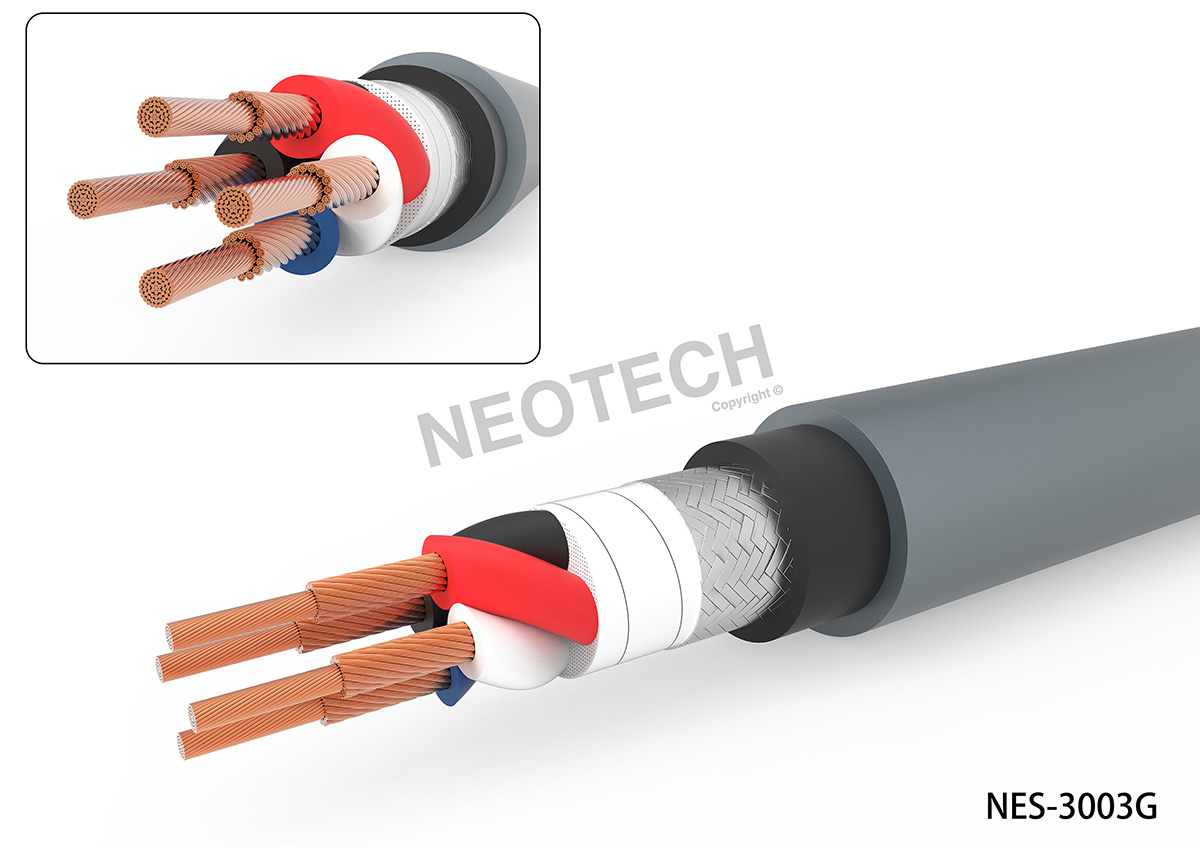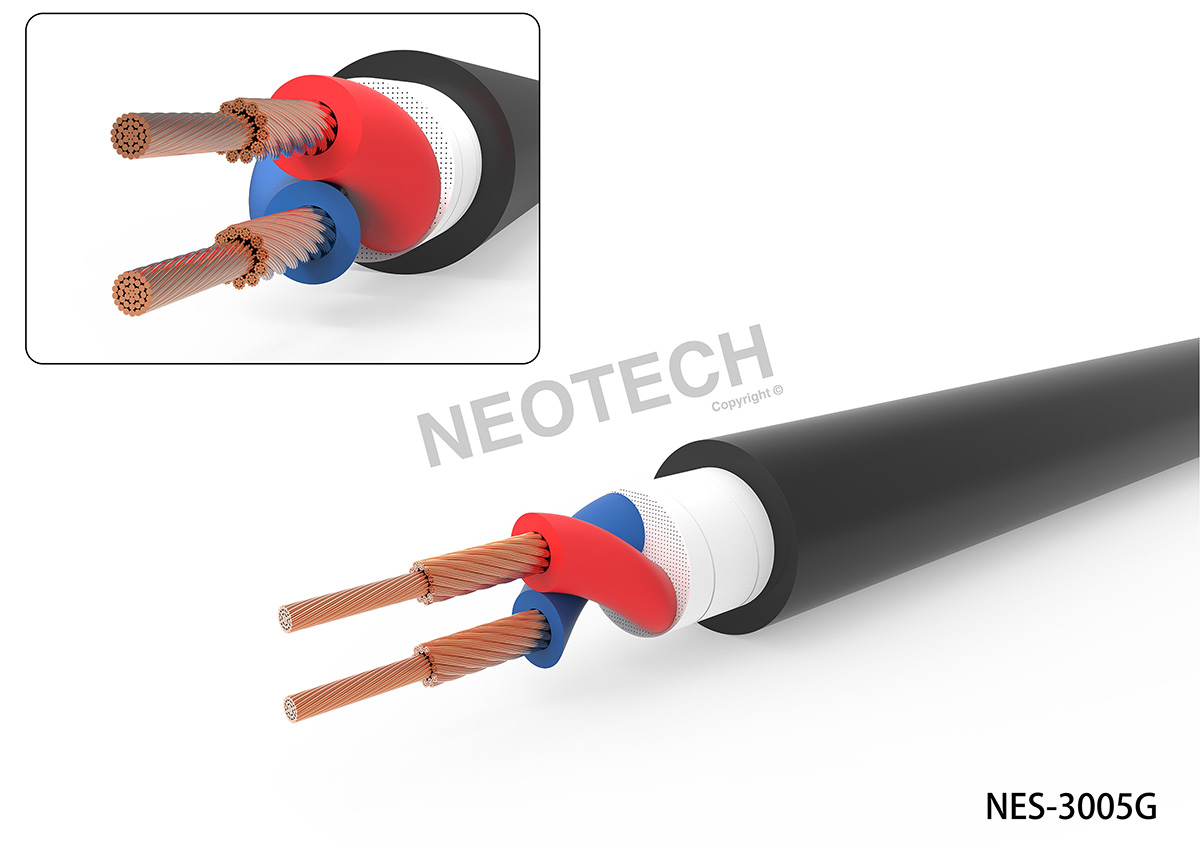BTW, the Neotech NES-3003G cable you pictured is not the same as the NES-3003 Mk II you reference in your most recent post, so be careful to understand which you are purchasing. The pictured NES-3003G does not use silver plated OCC wire, it uses G-upocc graphene copper in a different winding configuration than the Mk II version. I would personally go for the newer G version as I find silver-plated copper can display a touch of sibilance IMHO.
From Generative AI:
"Neotech’s G-UPOCC (Graphene-Ultra Pure Oligo Crystalline Copper) refers to a type of high-purity copper conductor that is combined with graphene. This composite material is designed to improve electrical signal transmission and stability, particularly at high temperatures and voltages."
To the question posed by @curiousjim - the optimal method to construct the NES-3003G cable would be to cross-connect the two wires opposite each other to feed a single pole (i.e., 2 wires oposite each other are connected together and go to + and the other 2 wires opposite each other go to -). As in the NES-3005G cable, the individual wire gauge is 13awg per single wire. When you double the same gauge wire, you jump three gauges lower (i.e., the lower the gauge the larger the area). So, in the NES-3003G, they are considering the construction will include connecting two 13 awg wires together to equal one 10 awg conductor, which is the specified wire gauge they list for NES-3003G.
The NES3004 with 8 wires looks interesting to me. By cross-connecting four wires (i.e., the blacks together and the reds together) you get an aggregate 11 awg cable. However, I don't care for the PVC insulation on any of them. If you go a model up to the NES-3002G, you get polypropylene insulation, which is just behind my favorite, polyethylene. BTW, the 3002 wire is almost the exact construction of Harmonic Technology Pro 9 speaker cable.



